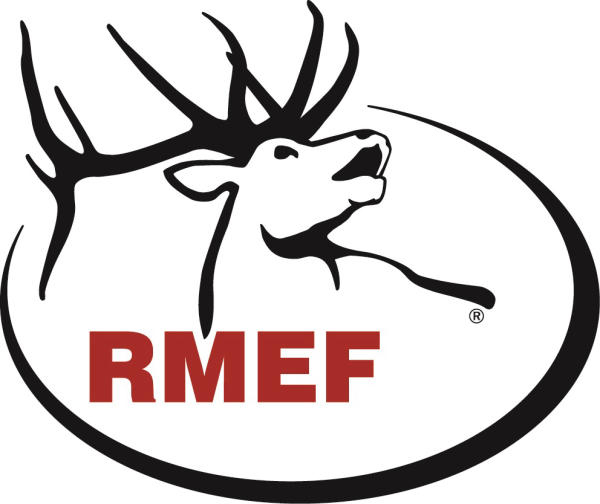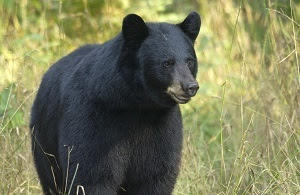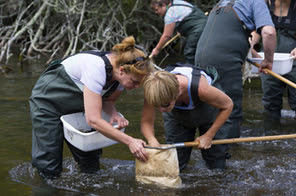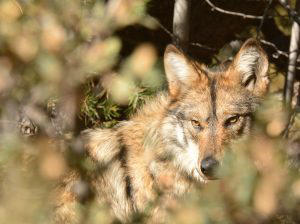Michigan’s Elk, Hunting Heritage Receive Boost from RMEF Grants

MISSOULA, Mont.—In continuing its long-term relationship in Michigan, the Rocky Mountain Elk Foundation awarded more than $30,000 in grant funding to benefit elk, elk habitat and hunting programs in the Wolverine State.
“We are excited to make this funding as Michigan is celebrating 100 years of elk on the ground,” said Blake Henning, RMEF chief conservation officer. “The grants will benefit elk and other wildlife by improving habitat across the elk range.”
Michigan is home to more than 6,000 RMEF members and 19 chapters. RMEF volunteers raised the funds by hosting banquets, membership drives and other events.
“We can’t say enough about our volunteers,” said Kyle Weaver, RMEF president and CEO. “They provide their time, talents and abilities to further our conservation mission of ensuring the future of elk, other wildlife, their habitat and our hunting heritage. We simply cannot do it without them.”
Here are RMEF’s 2018 projects in Michigan, listed by county: Read more








